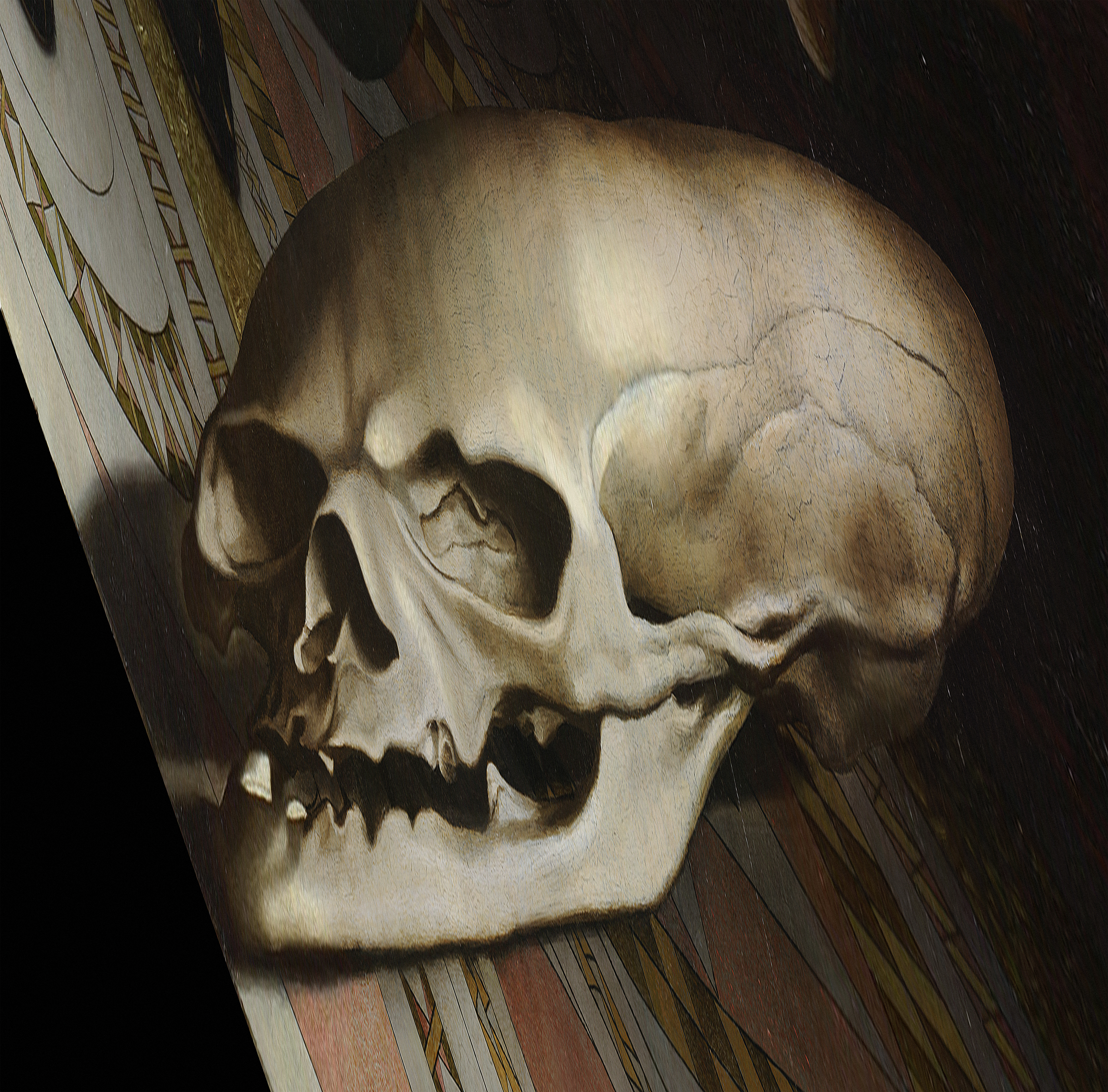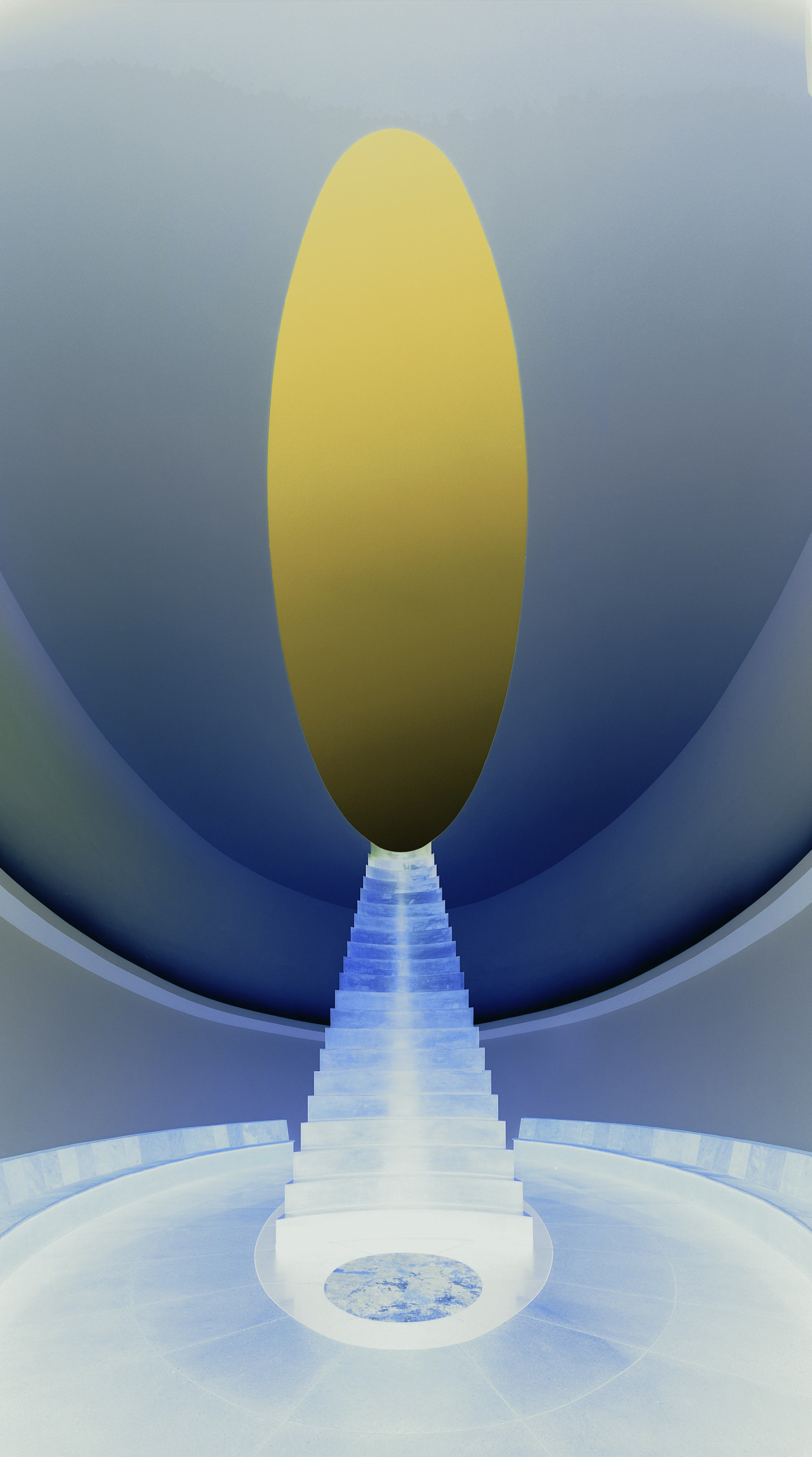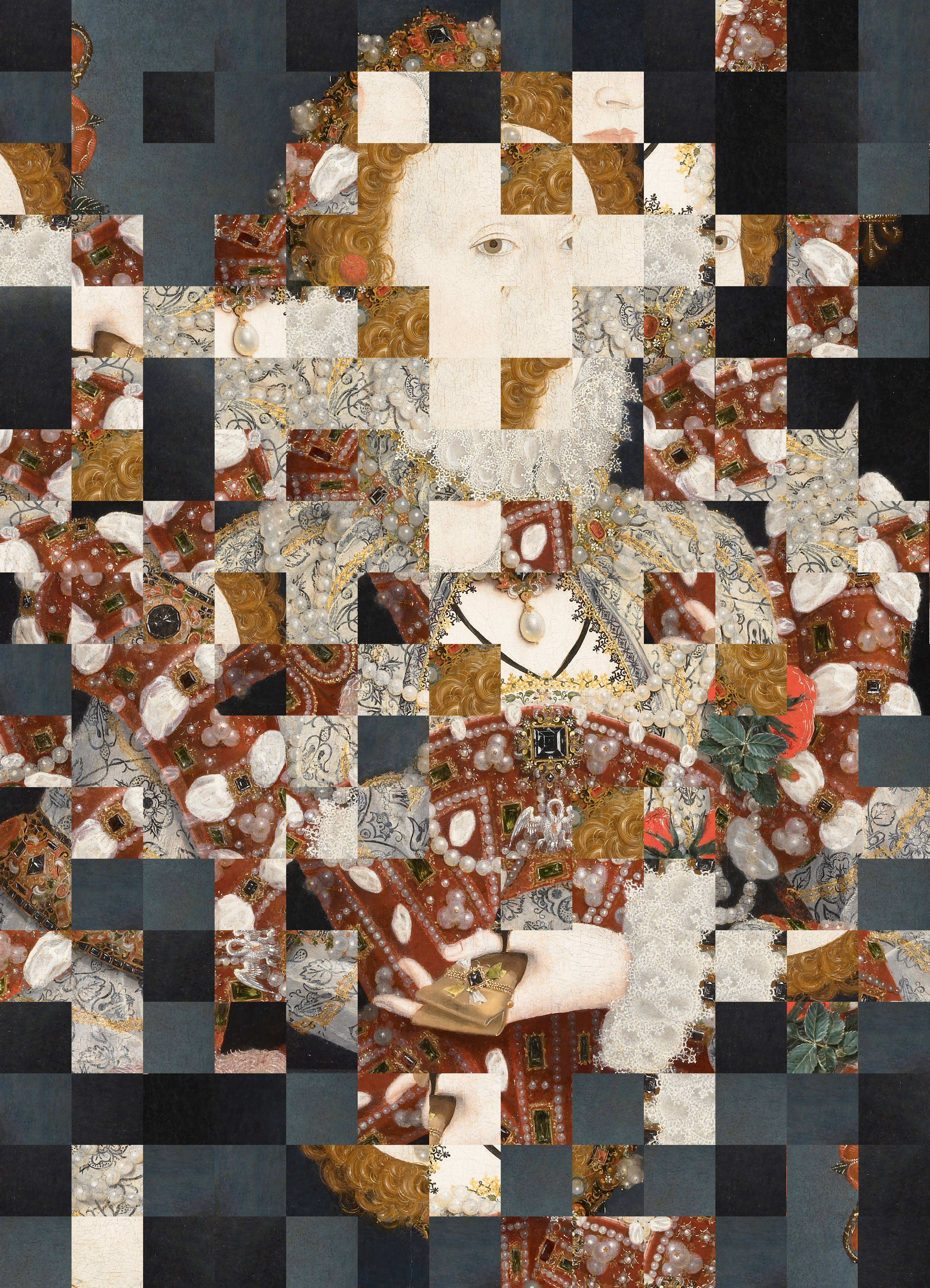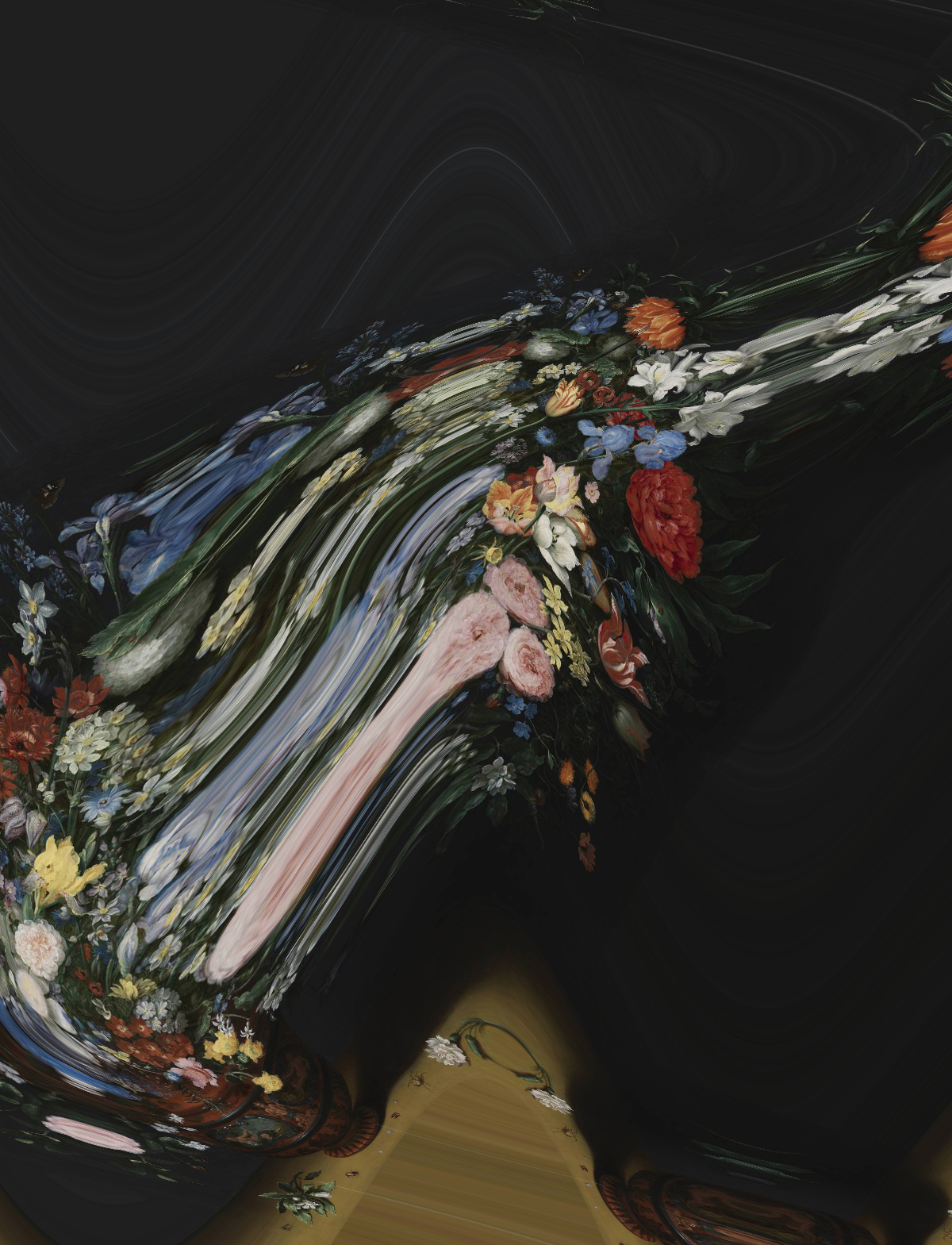
Here we present a new puzzle. Look at the detail and try to guess which artwork inspired us. You’ll find the answer below.
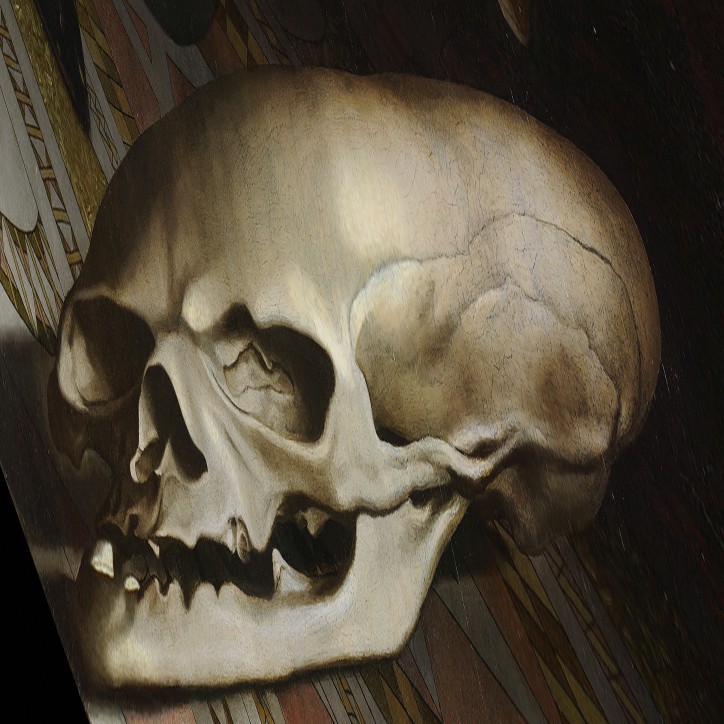
Today, we’re talking about a Renaissance work by Hans Holbein the Younger, The Ambassadors (also known in Polish by names including Portrait of the Two Envoys).
It’s an image of two influential young men, clearly proud of their achievements and their worldly possessions. On the left side of the canvas stands Jean de Dinteville, the 29-year-old representative of Francis I of France, French ambassador to the English court. On the right: his friend, the 25-year-old Georges de Selve, ambassador to the Republic of Venice and the Holy See, who at the age of 18 had taken up the office of bishop of Lavaur.
The picture was painted in London in 1533 – the same year Pope Clement VII excommunicated King Henry VIII. It’s a traditional presentation of intellectuals, surrounded by books and scientific instruments, painted in the style characteristic of Dutch painting of the 15th and early 16th century. The background of the scene is a green curtain and a centrally placed piece of furniture. The articles placed on it symbolize the four arts: arithmetic, geometry, astronomy and music (at the time considered one of the liberal arts). The upper shelf holds a globe showing a map of the heavens, a portable sundial and instruments for research, navigation and time measurement. Among the objects on the bottom are seen a handheld globe, a lute, a flue and books (a Lutheran hymnal and an arithmetic textbook).
All of the presentations were chosen deliberately by the painter. They were meant to attest to the correspondingly high status of both men, even though some of the items can be additionally interpreted as a reference to the religious divisions of Holbein’s day – the bent lute as a symbol of the disharmony of the Christian world, and the Lutheran hymnal as an appeal to end conflicts.
The most intriguing element of the image is the distorted skull, painted in the foreground at the feet of the ambassadors. This is one example of anamorphosis, a technique used by artists to conceal certain content from outsiders, and also a sort of advertisement for the artist attesting to their craftsmanship and their complete mastery of their art.
To be able to decipher Holbein’s skull, it was necessary to use a convex mirror, and this effort concentrated the viewer’s attention on the symbol of the inevitability of death, which the shape represented.
The skull in the painting could seem to be an ominous omen that has mysteriously appeared between the two young gentlemen. But the subjects must have known about the hidden message: it’s known that Dinteville, who commissioned the painting, was a supporter of a philosophy concentrating on human mortality and encouraging people to reject vanity, short-lived ecstasies and worldly goods, and his personal motto was memento mori.
Today, The Ambassadors belongs to the collection of the National Gallery in London; for more than 125 years it has been one of the museum’s most treasured objects, still reminding us of the transience of human life.
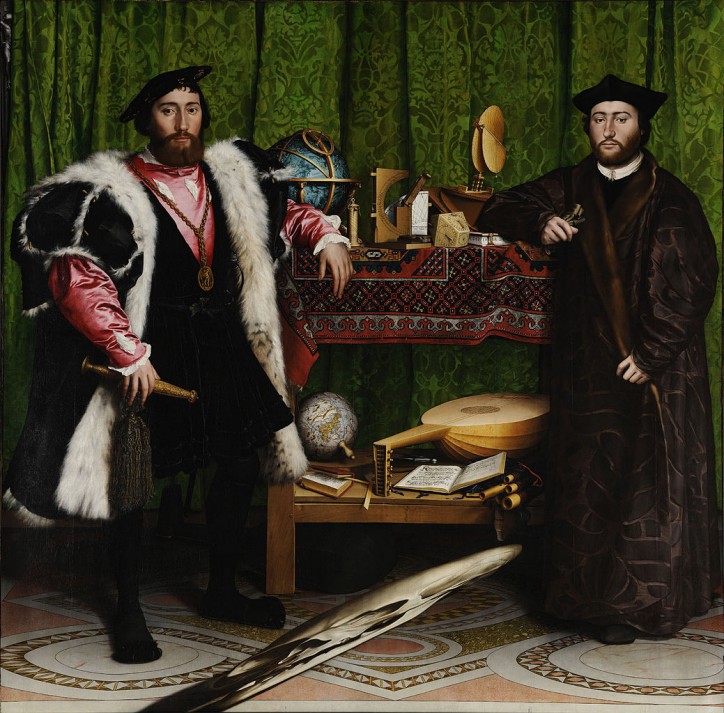
Translated from the Polish by Nathaniel Espino


